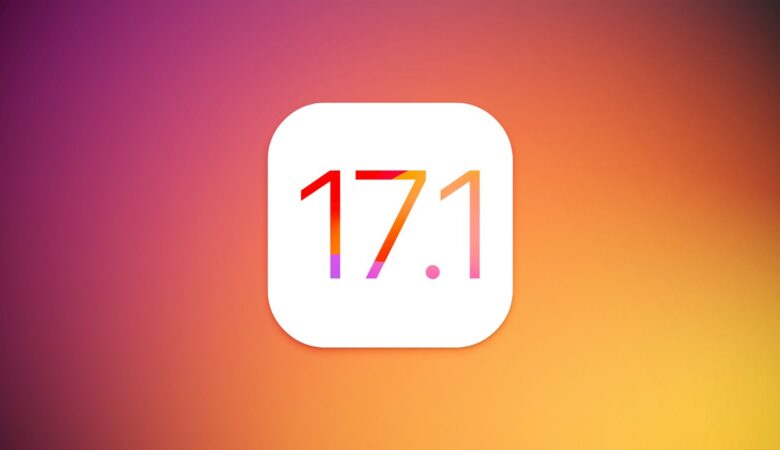JPMorgan Chase unexpectedly grew its bottom line last quarter as the bank’s Wall Street business continued to shine and its Main Street arm withstood turmoil in the US economy.
The nation’s largest bank blew away expectations by reporting a profit of $9.4 billion during the third quarter, up 4% from the year before. Per-share profit jumped to $2.92, easily topping estimates.
Trading And Investment Banking
JPMorgan’s (JPM) big beat was driven by strong trading and investment banking performance as well as far fewer credit losses than feared.
During the first half of the year, JPMorgan braced for defaults and bankruptcies by ramping up loan-loss reserves by a staggering $19 billion.
JPMorgan surprisingly opted not to build its loan-loss cushion — a positive sign for the bank. In fact, JPMorgan released $600 million of reserves, leaving the company with a still-massive $33.8 billion allowance for credit losses. The bank reported bad debt that it doesn’t expect to recover, also known as net charge-offs, of $1.2 billion, down from the prior year.
The moves suggest confidence about the economic recovery, or at least the health of loans in its portfolio.
But JPMorgan executives said the reserve release does not reflect a dramatic change to the bank’s economic view.
“There’s still a lot of uncertainty. We still have 12 million people unemployed,” Jennifer Piepszak, JPMorgan’s chief financial officer, told journalists during a conference call.
Double-Dip Worries
The bank slightly upgraded its economic outlook compared with its view three months ago. However, JPMorgan still expects the US unemployment rate will be painfullyhigh at 7.3% by the end of 2021.
JPMorgan’s revenue dipped 11%, but that also was better than feared.
After losing money during the second quarter, JPMorgan’s Main Street business swung back into the black. The consumer and community banking division earned $3.9 billion, down 9% from the year before. Revenue also retreated 9%. The brightest spot was home lending, where revenue climbed amid the ongoing housing boom.
In another positive, JPMorgan reported $29.3 billion of mortgage, auto and other consumer loans with payment deferrals amid the pandemic, down by more than half from the end of June. That represents just 3.4% of JPMorgan’s consumer loans. And the bank said that 92% of consumer accounts that exited payment deferral are now current on their loans.
Still, JPMorgan CEO Jamie Dimon emphasized the importance of another round of fiscal stimulus from Washington, where Republicans and Democrats remain deadlocked.
“A decent stimulus package would be helpful,” Dimon said, because it would lower the chances of a double-dip recession and minimize the damage done to small businesses and unemployed Americans.
“If you have a double-dip, there will be considerable pain and suffering,” Dimon said.
Investment Banking
Like other big banks, JPMorgan continues to benefit from the V-shaped recovery on Wall Street.
Profits surged 52% to $4.3 billion at JPMorgan’s corporate and investment bank. Investment banking revenue climbed 12% as a flurry of IPOs and bond sales drove up equity and debt underwriting fees.
On the trading front, JPMorgan reported a 29% jump in revenue from its markets and securities services business. That was driven by across-the-board strength, spanning equities, fixed income and especially commodities, credit and securitized products.
The pandemic has slammed the banking industry — JPMorgan included. The bank has lost about a quarter of its value so far this year. JPMorgan’s $308 billion market valuation is now dwarfed by those of Tesla (TSLA) and Nvidia (NVDA).
But JPMorgan has weathered the storm better than some of its rivals.
Citigroup’s (C) share price is down more than 40% on the year and the bank recently announced the surprise retirement of CEO Michael Corbat. Citigroup reported a 34% hit to profits Tuesday even as its trading and investment banking revenue rose.
Wells Fargo (WFC) has lost more than half of its value this year and the money-losing bank recently cut its dividend for the first time since the Great Recession.
The Federal Reserve has imposed restrictions on how much money banks can return to shareholders by capping dividend payouts and banning share buybacks.
But JPMorgan’s Piepszak said the bank is “hopeful” the Fed will have enough “confidence” to lift the restrictions on buybacks. She said that could free JPMorgan to relaunch its buyback program during the first quarter.






Leave a Reply
You must be logged in to post a comment.